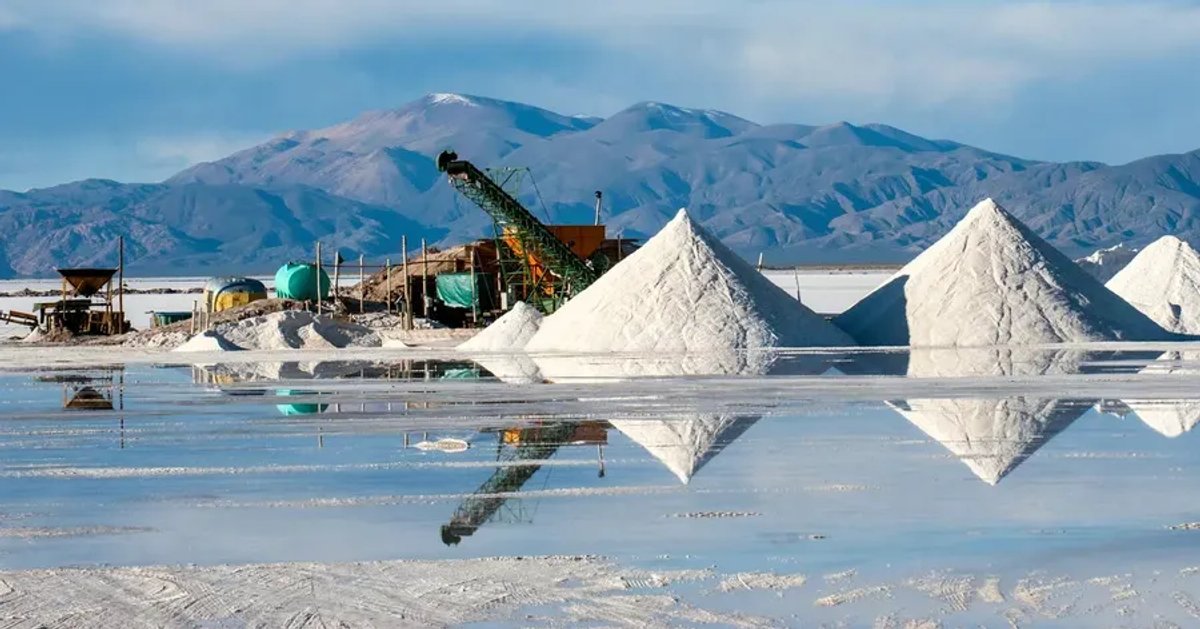The EU is struggling to meet most of the goals surrounding rare earth minerals, according to production forecasts published by Reuters.
Missing targets in the Critical Raw Materials Act (CRMA) could impact the EU’s zero carbon goals. It also increases the prospect of further dependence on China, which accounts for 98% of EU rare earth permanent-magnet imports.
European Commission spokesperson Johanna Bernsel said the EU would “do its best to promote projects that help meet the goals in the CRMA”.
“Projects in Europe will benefit from a streamlined permitting process, as well as coordinated support for accessing de-risking financing tools and matchmaking with downstream users,” Bernsel added.
Under the CRMA, which came into force in May 2024, the EU has set 2030 targets for domestic production of critical minerals required for its green transition, of 10% of annual needs mined, 25% recycled and 40% processed domestically by the end of the decade.
The CRMA was proposed by the European Commission in 2023, and is designed to secure the European Union’s supply of those raw materials deemed essential for its green and digital transitions.
CRMA sets out list of strategic raw materials
The Act establishes a list of strategic raw materials, including lithium, rare earth elements, and cobalt, which are crucial for technologies such as electric vehicles, wind turbines, and semiconductors. EU demand for rare earth minerals is forecast to soar six-fold in the decade to 2030 and sevenfold by 2050.
It introduces measures to streamline permitting processes for strategic projects, enhance recycling efforts, and diversify supply chains through partnerships with resource-rich nations.
Since its introduction, the Act has prompted increased investment in mining and processing projects within the EU. Member states are reviewing their regulatory frameworks to facilitate domestic extraction, while companies are exploring opportunities to establish processing facilities. The legislation has also spurred research into substitution technologies and recycling methods.
The Act marks a shift in the EU’s approach to raw materials, from what was previously a largely import-dependent strategy to one that prioritises domestic production and processing.

